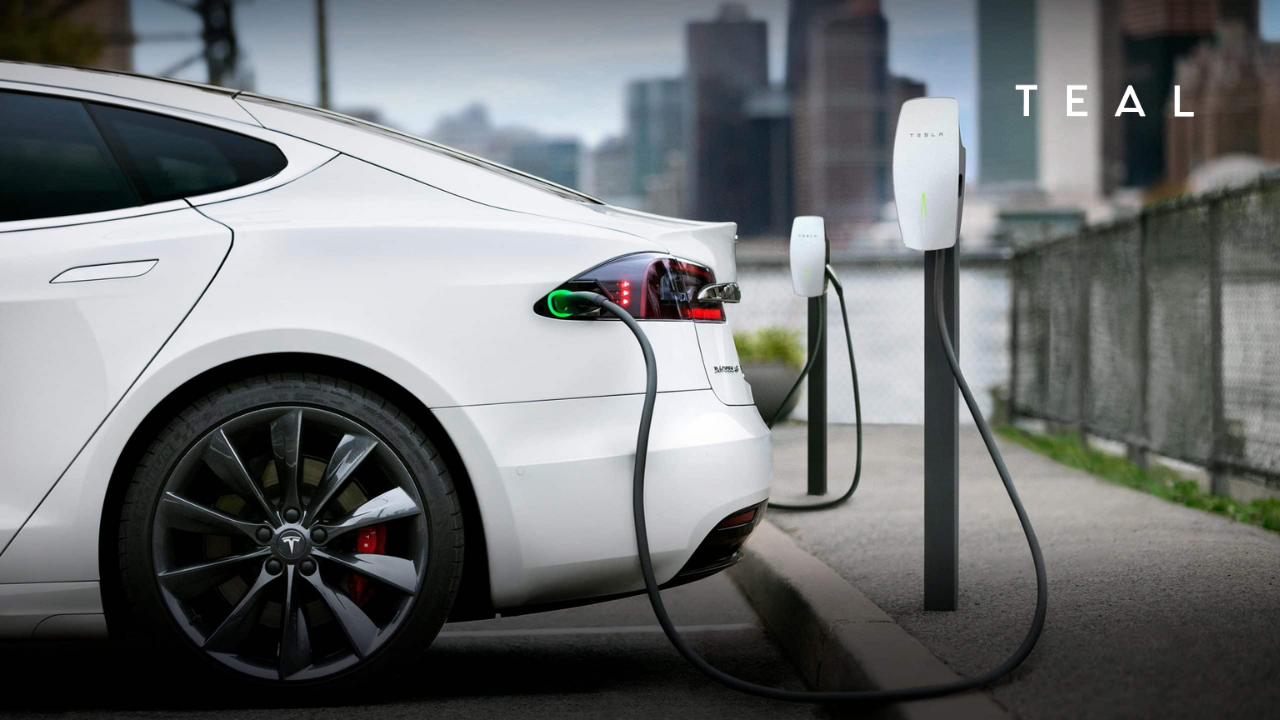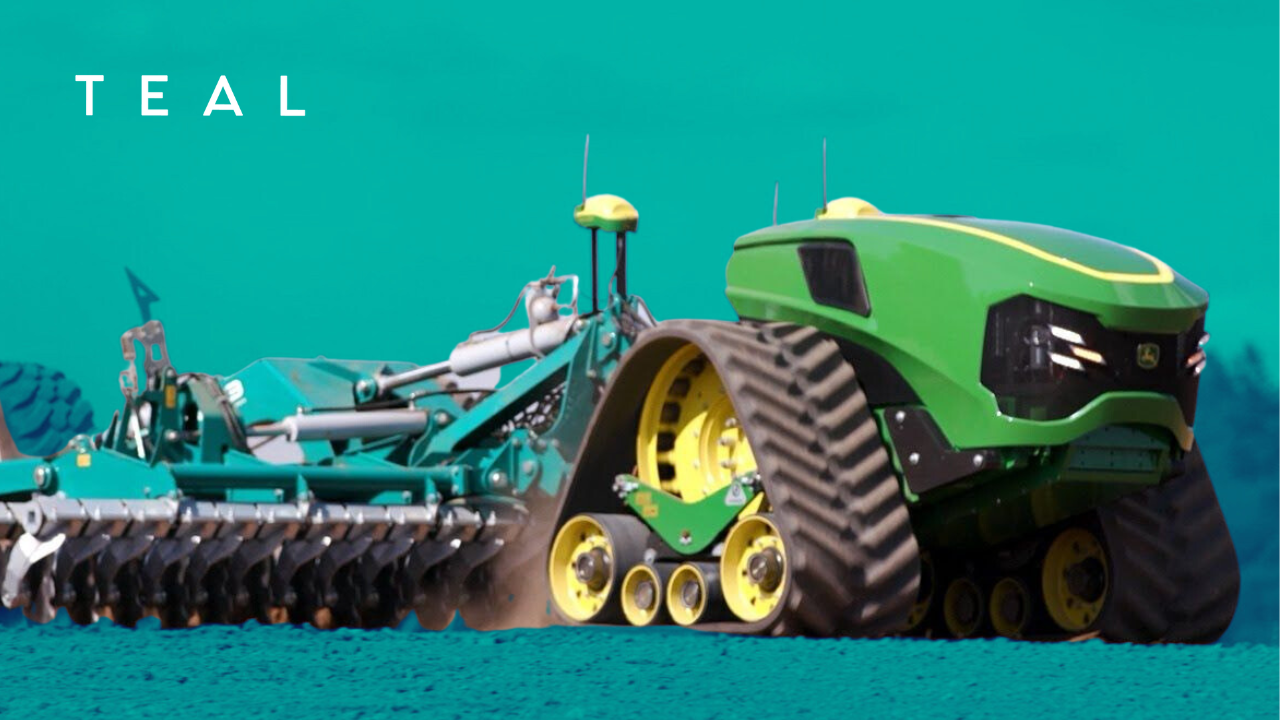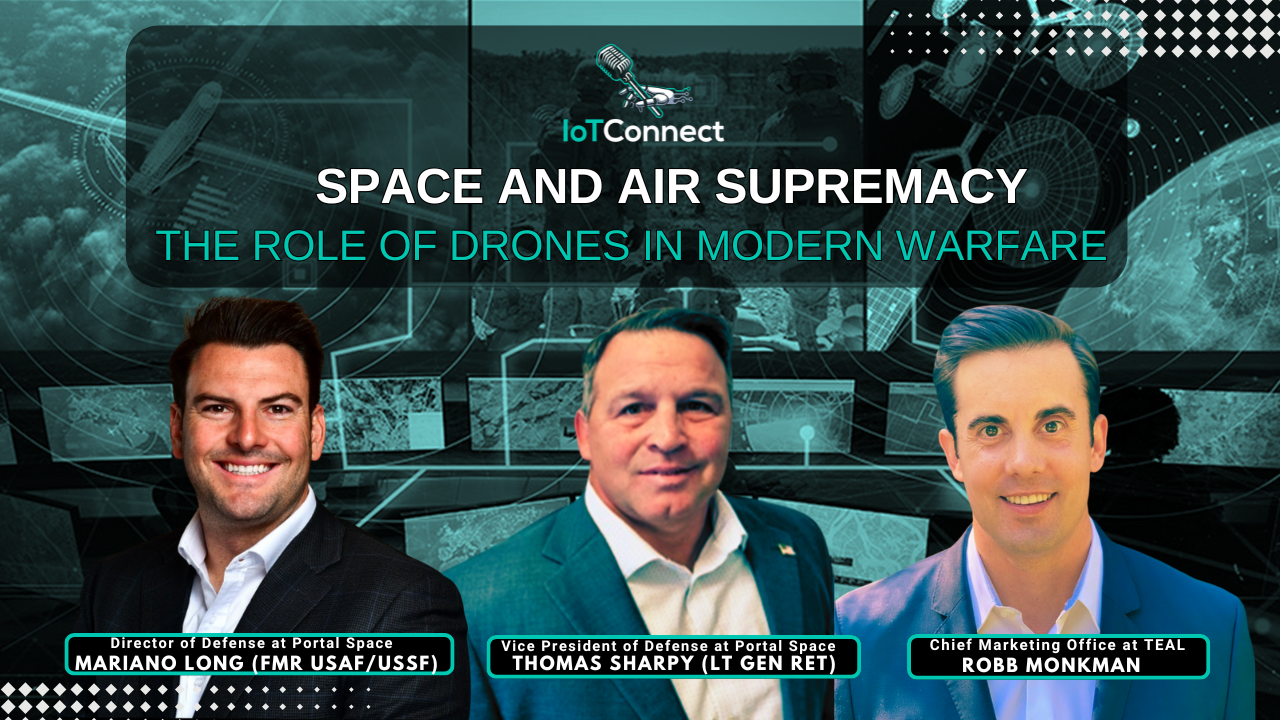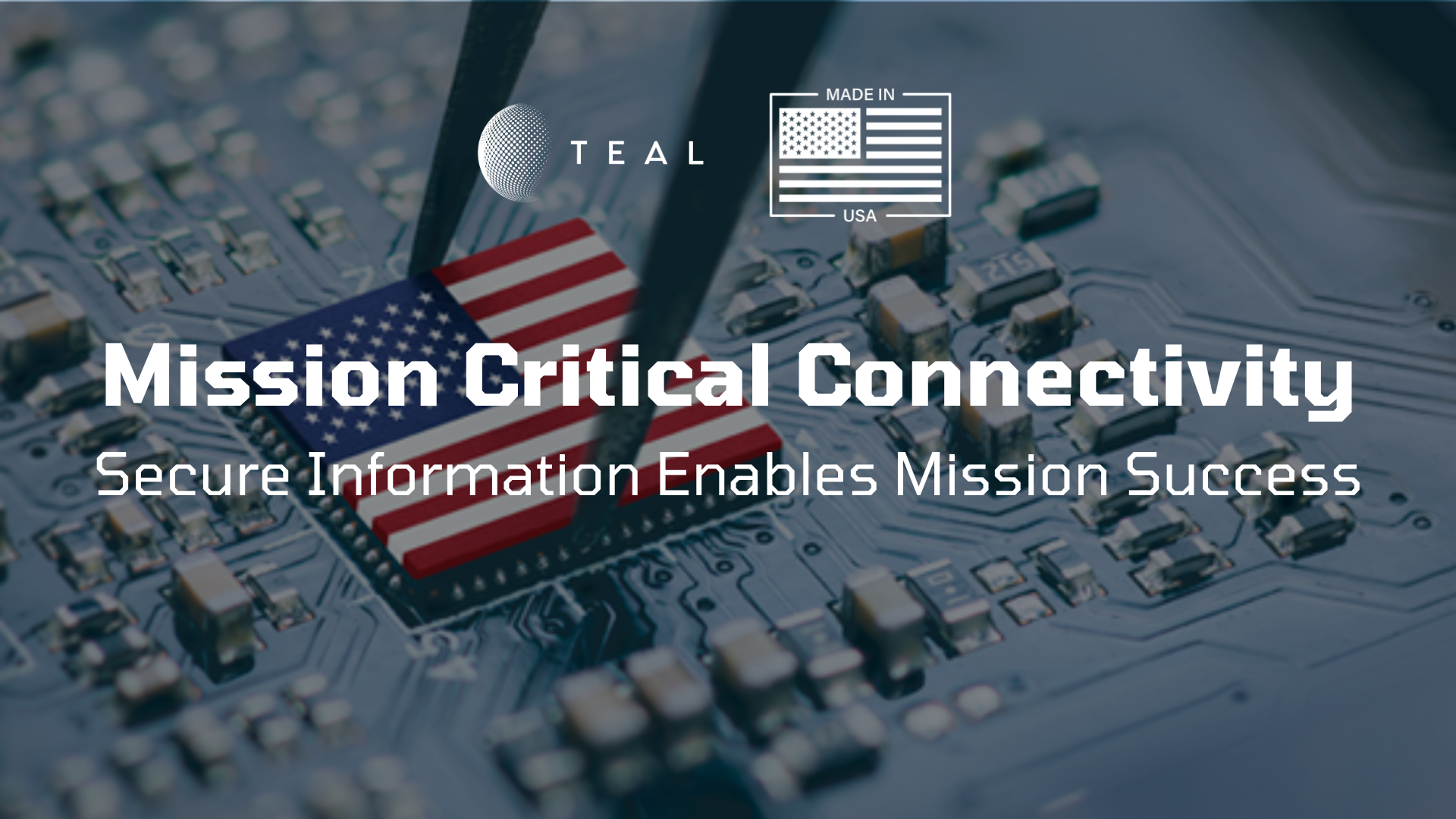The Power of Cellular IoT Technology in Fueling Sustainability Initiatives Across Different Industries

In recent years, many industries have begun to embrace sustainable initiatives as a means of reducing their carbon footprint and preserving the environment. Businesses are increasingly turning to internet of things (IoT) technology to achieve these goals and new technological advancements in cellular IoT technology have emerged that are combating global environmental challenges.
Cellular IoT enables the seamless integration of intelligent devices and sensors that monitor and manage a wide range of services across different industries. New IoT technology has offered several opportunities for companies across various sectors to achieve their sustainability goals making a positive impact on our environment. In this blog post, we delve deeper into the power of cellular IoT technology in fueling sustainability initiatives in different industries. Read on to explore the benefits of new cellular-based technology in smart buildings, energy & utilities, agriculture, advanced transportation and other smart city technology such as electric vehicle (EV) charging stations.
Electric Vehicle (EV) Charging Stations

Drivers everywhere have a growing need for accessible, easy-to-use, and conveniently located EV charging stations that work. So, how can EV infrastructure operators ensure that charging stations are available for drivers? When it comes to EV charging infrastructure, robust network connectivity is an important factor in keeping charging stations up-and-running.
The widespread adoption of electric cars has driven the growth of the EV charging station industry with nearly 22 million EVs are projected to be on US roads by 2030 (which represents a 10-fold increase from today). EV charging stations play a crucial role in helping to fuel EVs and thereby reducing greenhouse gas emissions. Cellular IoT technology has enabled the seamless integration of intelligent devices and sensors, which can monitor and manage the electric grid to optimize renewable energy and reduce carbon emissions. Moreover, connected technology enables smart charging stations that can leverage real-time data to control the charging patterns, costs, and energy usage. For instance, EV charging stations can use the data collected through IoT sensors to identify peak energy demand times and optimize their operations accordingly. This is a significant step forward in creating cost-effective and efficient charging solutions that lower emissions by reducing energy consumption.
To ensure that EV chargers up and running, connectivity is a hard requirement for charging infrastructure everywhere. Being able to send a notification when maintenance is needed is just one of the important data points that matters when it comes to EV charging infrastructure. Chargers must be connected to accept and process various forms of payment. They must be connected to collect the charging and energy consumption data, and they must be connected to indicate on widely used maps whether they are in service or not. Not only does poor – or even average – connectivity reduce customer usage of an EV charger, but it can also lead to a loss in revenue when payments fail to process.
Global connectivity provided by eSIM technology helps by ensuring that EV chargers can connect to the best available networks, even in rural locations. With eSIM technology, EV charging stations aren’t locked into a single carrier, but can connect directly onto any cellular network in the world.
Learn more about the importance of reliable connectivity for electric vehicle charging stations: Why Reliable Connectivity For EV Charging Infrastructure Is Critical, Especially In Rural Areas
Smart Buildings

Cellular IoT technology provides comprehensive solutions for making buildings smarter, more efficient, safer, and more sustainable. Connected devices can monitor energy usage, temperature, and CO2 emissions, providing valuable data that facilities managers can use to optimize energy consumption. By integrating IoT sensors in buildings, building managers can detect faults and inefficiencies in real-time, and the systems can adjust automatically to improve efficiency and meet sustainability goals.
Intelligent building systems can also provide a safer and healthier environment for occupants. For instance, IoT sensors can monitor air quality, humidity levels, and optimize airflows to improve indoor air quality and protect occupants from environmental hazards.
Energy and Utilities
The energy and utilities industry is under mounting pressure to decarbonize and reduce greenhouse gas emissions significantly. In 2021, the United States set a target to create a “carbon pollution-free power sector by 2035”—an important element in the country’s goal of reducing emissions 50 to 52 percent by 2030 and achieving net-zero emissions by 2050. Cellular IoT technology helps achieve this by enabling energy and utility providers to monitor energy consumption better, identify areas of inefficiency and wastage and optimize the use of their renewable energy sources. IoT technology also helps energy providers to monitor the safety of their infrastructure, reduce energy theft, and improve customer experience.
Advanced Transportation:

IoT technology has enabled the creation of connected cars and smart transportation systems that provide valuable data to optimize traffic flows, reduce energy consumption, and lower emissions. Connected vehicles with IoT sensors can communicate with other vehicles and transportation infrastructure systems, such as traffic signals and parking meters, providing efficient and sustainable traffic flow.
Moreover, IoT technology enhances vehicle maintenance by monitoring engine performance and other mechanical issues, alerting drivers and maintenance technicians about the need for servicing to prevent engine failure, optimize performance, and reduce emissions.
With the increasing adoption of Internet of Things (IoT) devices, eSIM (or embedded SIM), technology is quickly becoming a game-changer for mobility and transportation use cases. More than just a replacement for traditional SIM cards, eSIM is a revolutionary technology for global connectivity, with use cases ranging from vehicle telematics to public transportation systems. eSIM technology provides on-demand access and real time configuration for any supported mobile network worldwide. This translates into easy, fast, and reliable deployment of cars and trucks anywhere in the world.
Learn more about the power of eSIM for advanced transportation solutions: Unlocking Smart Mobility and Transportation Use Cases with eSIM Technology
Agriculture

Cellular IoT technology can help agriculture in several ways, including minimizing water waste, improving farming practices, and preserving soil health. New technology enables farmers to collect real-time data on soil health, temperature, moisture, and other factors that affect crop yields. IoT sensors can also analyze weather information and forecast rainfall, thus enabling farmers to optimize planting, harvesting, and irrigation practices.
Furthermore, IoT technology can monitor crop growth, identifying and addressing inefficiencies in resource utilization or identifying nutrient deficiencies before they start impacting crop yields. Connected sensors and devices can also control irrigation to reduce water waste, avoiding overwatering and reduce water usage in areas where water is scarce.
If connectivity is implemented successfully in agriculture, the industry could tack on $500 billion in additional value to the global gross domestic product by 2030, according to McKinsey.
Farmers play a crucial role in agriculture, and their work encompasses a whole range of tasks. By combining IoT with human expertise, farmers can make better decisions, increasing yield, and reducing the overall cost of production.
Learn more about the future of agriculture: Will Robots Replace Farmers?
Global Connectivity Powered by eSIM
Cellular IoT technology has opened up several opportunities for companies across different sectors to achieve their sustainability goals. From EV charging stations to agriculture and smart buildings, IoT technology provides comprehensive solutions to improve efficiency, reduce costs, and achieve environmental sustainability. By leveraging cellular IoT technology, companies can minimize their carbon footprint, reduce energy costs, and improve their overall efficiency. Adopting this new technology is crucial in addressing the growing global environmental challenges and creating a more sustainable future for all.
eSIM technology is playing an increasingly important role in enabling the implementation of technology that is driving sustainability. With sustainability initiatives growing in importance globally, the use of eSIM technology will continue to increase, enabling the technologies that will lead to a better quality of life for citizens, while also improving environmental sustainability.
If you’re evaluating eSIM technology for your business, be sure to download GSMA’s Free eSIM Buyer’s Guide for Enterprise and get the information you need to ensure that you choose the right solution for your organization.
With more network operator agreements than any other connectivity provider, Teal’s GSMA certified eSIM platform gives businesses everywhere the flexibility and control to remotely switch between networks, ensuring the highest level of reliability and performance for any internet of things (IoT) deployment. Getting started is easy, contact a Teal expert today!
Recent Posts
Unlocking the Potential of Network Orchestration
Teal Communications Staff2025-07-02T20:45:42+00:00
New Podcast! Space and Air Supremacy: The Role of Drones in Modern Warfare
Teal Communications Staff2025-06-25T20:15:23+00:00
Mission Critical Connectivity: Secure Information Ensures Mission Success
Teal Communications Staff2025-06-25T02:21:28+00:00




